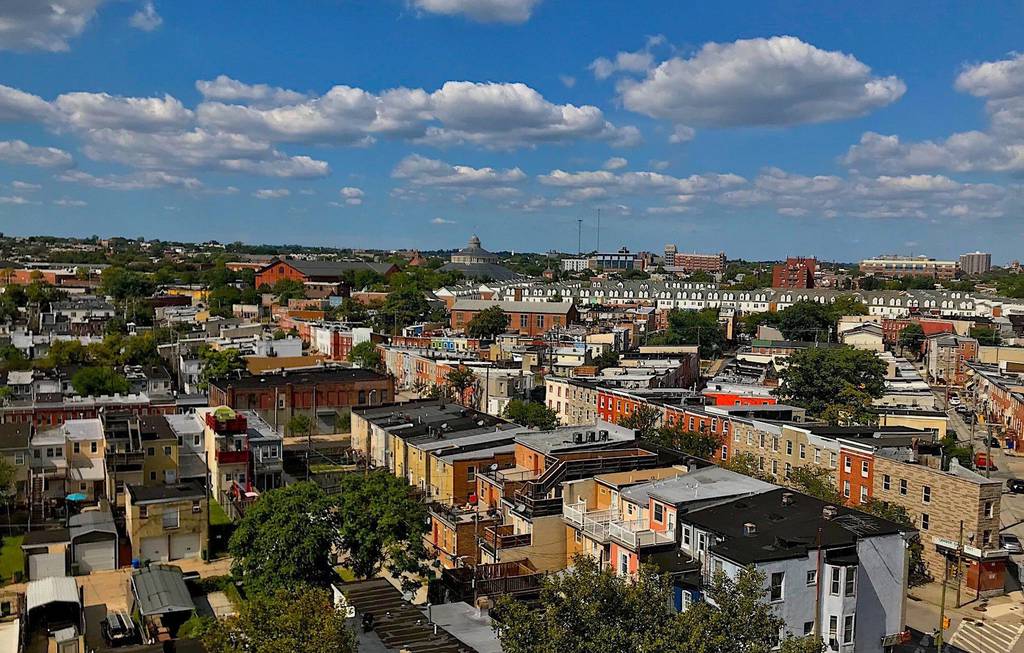
Baltimore's overall property tax rate of $2.248 per $100 of assessed value is about twice that of surrounding counties. File. (Dan Rodricks/Baltimore Sun) (Dan Rodricks / Baltimore Sun)
Best fix for a shrinking city is a tax cut
Originally published in the Baltimore Sun
Elected officials and opinion leaders should be running around like their hair’s on fire given the latest population figures for Baltimore. The key number here is 600: that’s roughly how many city residents have fled every month since the 2020 census. Yet The Baltimore Sun Editorial Board proclaims “the figures are not especially surprising nor alarming” (“Latest census data show Maryland needs to grow, but smarter,” March 30).
Wow. We need to stop pretending that things will be alright if we just continue along the present path with a city property tax rate (twice the surrounding county’s) that has fueled disinvestment and flight for decades, impoverishing city residents, stressing city finances and exacerbating crime and school quality problems.
A huge portion of city government costs are fixed: pension costs, maintenance expenses for crucial infrastructure and many other budget lines do not shrink with population. What shrinks is our ability to pay these costs. Falling property values and losses of “piggyback” local income taxes will lead to fiscal disaster if we don’t reverse flight.
Detroit’s bankruptcy is a graphic example of what happens when leaders ignore declines in population and tax base alongside steady or rising costs. If we continue in denial, blaming all our problems on historic injustices and refusing to reconsider any of the failed policies of the last half-century of one-party rule, expect continued flight and accelerating decline.
The good news is that the city’s key policy failure, its non-competitive property tax rate, is eminently fixable. Embedding a competitive rate in the city’s charter (to assure investors we mean it) that would be delivered in two assessment cycles (to allow adequate time for responsible budgeting) would attract a flood of new investment, population, and energy into the city.
Defenders of the status quo argue we can’t afford to do that. The census data show we can’t afford not to.
— Steve Walters, Baltimore
The writer is chief economist for the Maryland Public Policy Institute.






